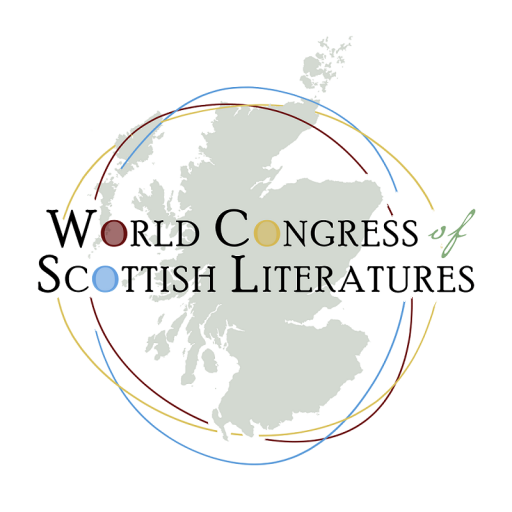In Search of the Gaelic Canon
How can the Gaelic literary canon be identified and how can particular texts be classified as ‘canonical’? This paper will examine the development of the Gaelic canon from the late eighteenth century to the present, considering how the lack of critical work on Gaelic literature has hindered the creation, renewal and scrutiny of the canon. The paper arises from the editorial choices involved in the preparation of the large anthology The Highest Apple/An Ubhal as Àirde (Francis Boutle Publishers, 2019).
Anthologies including the Eigg Collection (1776), Sàr-Obair nam Bàrd Gaelach (1841), Bàrdachd Ghàidhlig (1918), Nua-Bhàrdachd Ghàidhlig (1976) and An Aghaidh na Sìorraidheachd (1992) have been highly influential in defining the poetic canon, especially in relation to the major poets of the seventeenth and eighteenth centuries and the mid-twentieth century. The university curriculum has also played a considerable role. In contrast, the contours of the canon are much less clear in relation to the poetry of the last few decades or in relation to fiction, particularly that of the twenty-first century, which has witnessed the publication of a large number of novels for the first time. The main obstacle to demarcating and assessing the canon is the fragility of Gaelic literary culture: there are not enough readers, no enough reviews, not enough critical studies, not enough conversation or debate.
Wilson McLeod, University of Edinburgh, Scotland
